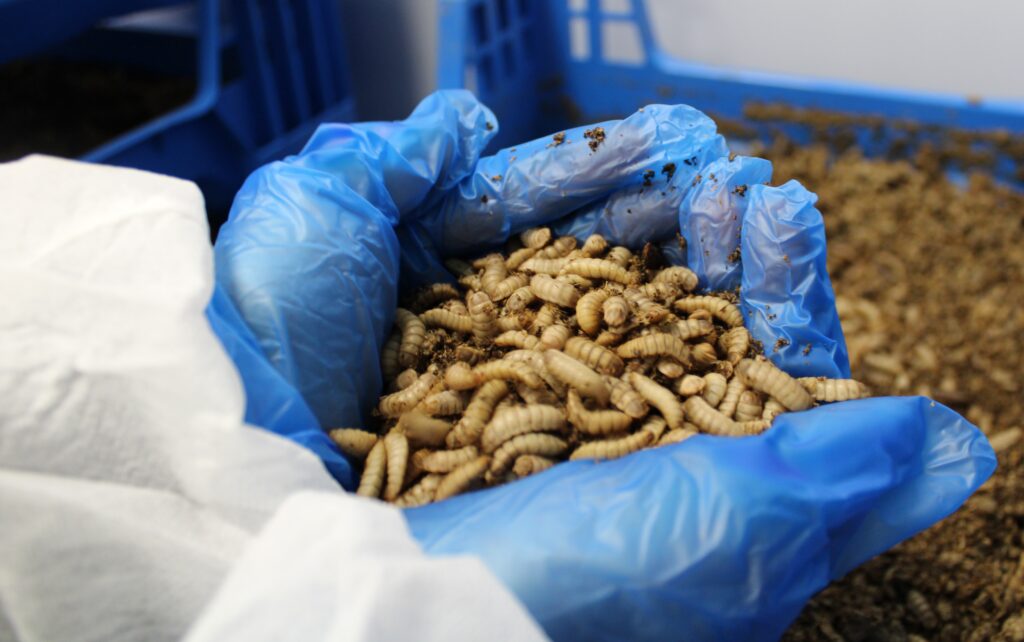The site is located on land within the existing Derby sewage treatment works, in the east of Derby.

Severn Trent Green Power Ltd – part of the business service segment of Severn Trent Plc – has been expanding within the UK AD sector. The company acquired recycling firm Agrivert earlier this year and has two further food waste AD plants at East Birmingham and West Birmingham (see letsrecycle.com story).
When contacted by letsrecycle.com, a spokesperson for Severn Trent Green Power confirmed that the facility will be co-located on land adjacent to the sewage treatment works – the sewage plant already has its own AD plant.
Development
The development in Derby will include: a waste reception building containing solid waste storage bunkers and a liquid waste storage tank; thermos-pressure hydrolysis vessel and auxiliary steam accumulators; open bed woodchip and bark biofilter; combustion plant consisting of two biogas boilers (2.17 MWth); two primary digester vessels and one secondary digester vessel; and gas upgrading plant.
According to a decision document, published by the Environment Agency, solid food waste will be pre-treated within the reception building, through a series of steps including de-packaging, particle size reduction and mixing with liquid wastes, resulting in a blended feedstock.
All wastes will undergo sterilisation to comply with the Animal By-Products Regulations. This will be achieved “within a sealed thermos pressure hydrolysis vessel in which the blended feedstock is exposed to an elevated temperature and pressure,” the document notes. Sterilised waste will then be discharged into an enclosed put, screened to remove any large materials and pumped out of the reception building into a cooling tank.
The cooled feedstock will then be transferred to one of two buffer tanks before being pumped to primary and secondary digesters where the feedstock undergoes digestion for a period of approximately 40 days. “Biogas is kept at low pressure in the floating roofs which fill and empty as the biogas levels within the digestion tanks change,” the document states.
The biogas produced within the digestion tanks will be predominantly upgraded to ensure it meets the quality requirements for injection into the National Grid.







Subscribe for free